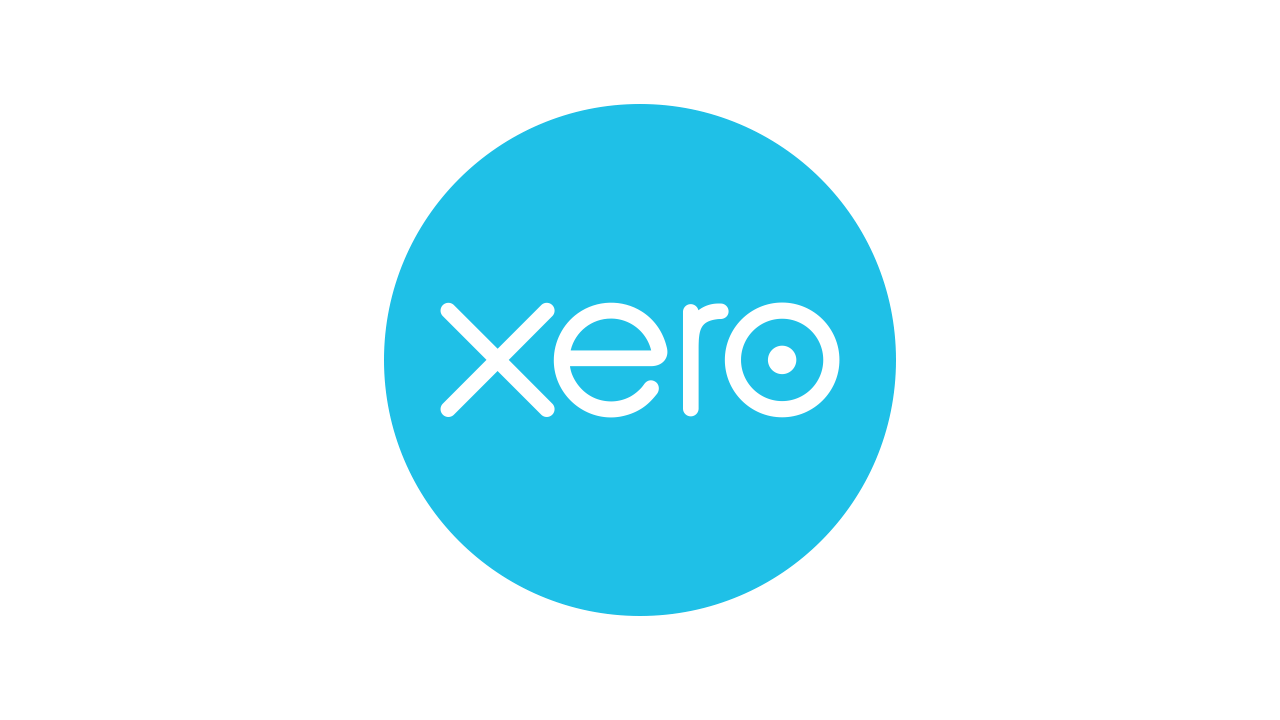The cosy comfort of spreadsheets
Spreadsheets are the office equivalent of a well‑worn cardigan, reliable, familiar and almost impossible to throw away. More than one billion people open Excel or Google Sheets each month according to Microsoft, and 54 percent of small‑business owners still use them to track customers, quotes or inventory. In the very earliest phase of a venture, a single worksheet can indeed feel adequate. Columns labelled Name, Email, Status and Next step look deceptively like a miniature sales pipeline.
At Yopla we greet this DIY spirit with genuine respect. We started exactly the same way, capturing early enquiries in a colour‑coded sheet, adding comments in hidden columns and emailing each other attachment updates. It worked, until it did not. As activity grew past a few dozen deals, the brittle nature of the file became painfully obvious.
See our primer on digital transformation strategy for guidance on recognising other tools that quietly outgrow their usefulness.
The spreadsheet temptation checklist
Even this table hints at why convenience can morph into chaos. Those costs remain hidden while the dataset is tiny, then compound aggressively.
Spreadsheet mayhem in full colour
If you recognise any of the following scenes, your organisation has probably outgrown the grid.
The version‑control hydra
The folder contains Clients Q4 FINAL.xlsx, Clients Q4 FINAL v2.xlsx and, infamously, Clients Q4 FINAL v2 REAL FINAL.xlsx. Nobody is sure which document drives Monday’s forecast meeting. Two colleagues edit different files over the weekend, reconciling them on Monday burns an hour and several brain cells.
A 2024 Harvard Business Review survey found that sales teams lose 12 percent of weekly selling time to manual data reconciliation. That is one working day every fortnight spent wrangling spreadsheets rather than winning revenue.
Collaborative carnage
Google Sheets allows concurrent editing, but throw five eager representatives into the same workbook and carnage ensues. Someone sorts a single column, misaligning rows. Another applies a global filter, hiding half the pipeline. Audit trails exist, yet untangling the mess is slower than dealing with the client who just called twice.
Human error roulette
Consultancy PwC estimates that 90 percent of spreadsheets contain non‑trivial errors. JPMorgan’s infamous London Whale trading scandal, which racked up a USD 6 billion loss, partly stemmed from faulty copy‑pasted formulas. Your firm may never flirt with that scale of catastrophe, but one misplaced decimal in a quote can still scupper a deal and tarnish credibility.
The reporting black hole
Management requests “conversion rate by channel for the last three quarters”. The answer involves exporting CSVs, building pivot tables and manually stitching graphs. By the time the slide deck is ready, numbers are already stale. Data‑driven decision‑making becomes wishful thinking.
Zero automation, zero reminders
Spreadsheets do not nudge reps that a follow‑up email is due, cannot trigger a task when a proposal goes unanswered for seven days, and do not consolidate activities across multiple communication channels. Reliance on personal calendars invites inconsistency.
Fragility and security gaps
One corrupted file, synchronisation glitch or unexpected ransomware incident and the entire “CRM” disappears. Backups help, but multiplying unsecured copies multiplies risk. Data protection regulators have grown less forgiving about casual handling of personally identifiable information.
For more on mitigating operational risk, explore our article on sustainable AI which covers governance principles equally relevant to data tooling.
The economics of stagnation
Hidden spreadsheet costs manifest in three broad buckets:
- Labour drag: Manual updates, duplicate entry and error correction steal time from quota‑carrying activities. A Yopla benchmarking exercise across twelve B2B clients showed reps shackled to Excel spent 22 percent less time in live customer conversations compared with peers on modern CRMs.
- Missed revenue: Delayed follow‑ups and opaque pipeline health translate into lost deals. Even a five‑percent slip in win rate can dwarf the licence fee of any commercial platform.
- Poor intelligence: Decisions rely on anecdote rather than analytics. Forecasts become sandcastles, impressive at first glance yet easily washed away.
Gartner quantifies the opportunity cost succinctly in its 2025 Sales Technology Guide, noting that organisations deploying mature CRM workflows capture up to twenty per cent higher customer lifetime value versus spreadsheet stalwarts. Access the full report here.






